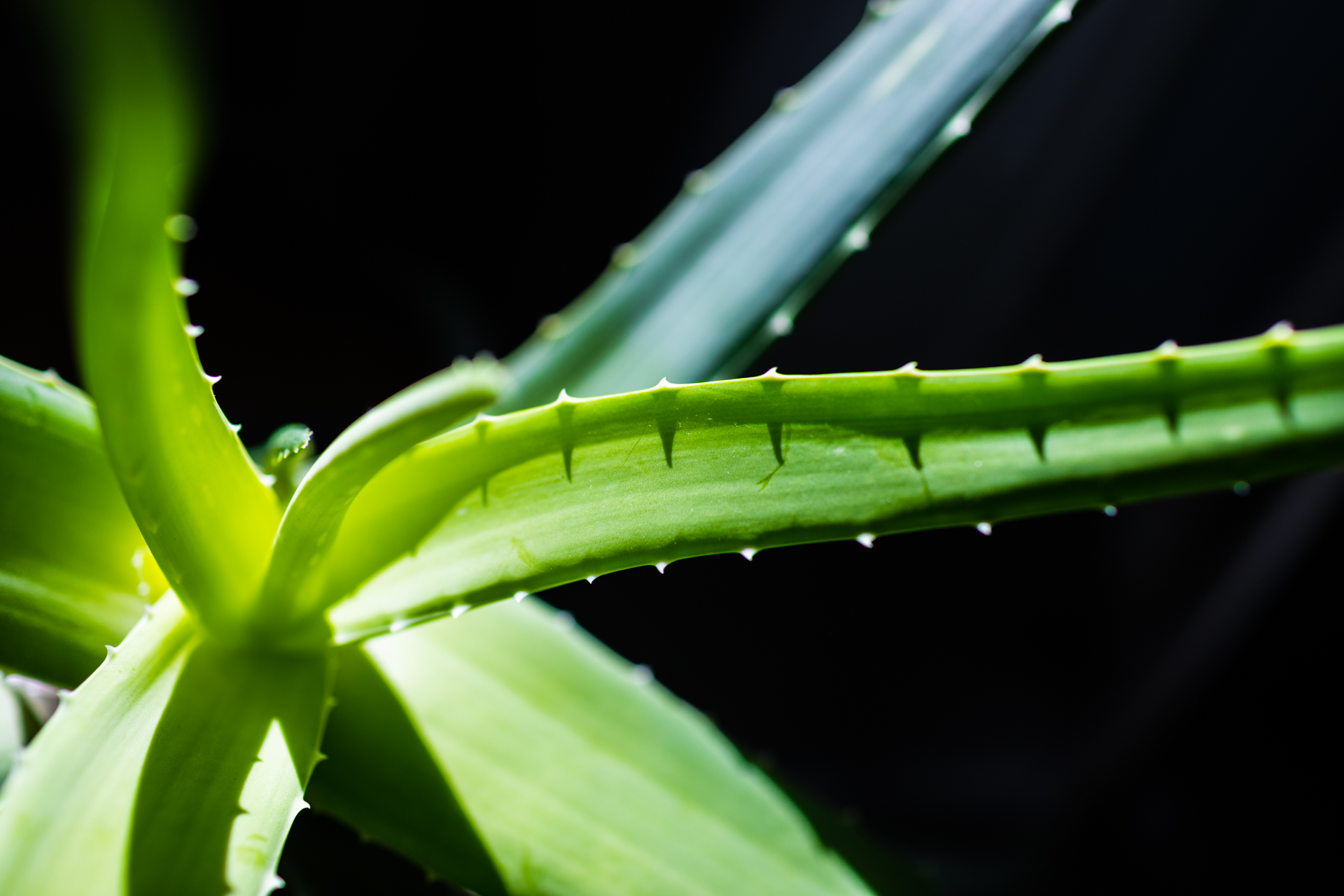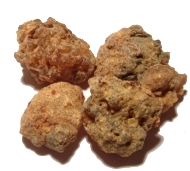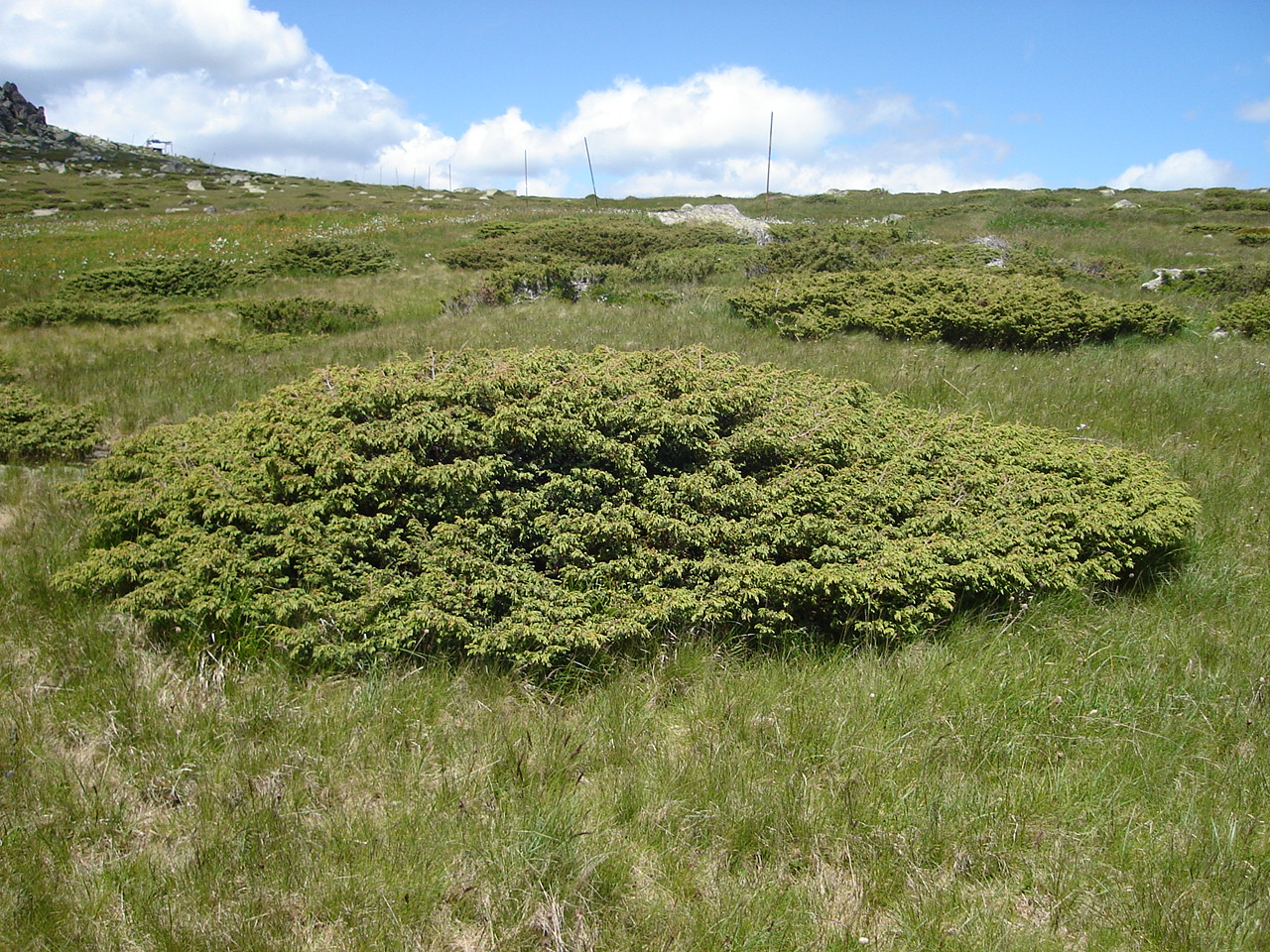|
Bénédictine
Bénédictine () is a herbal liqueur produced in France. It was developed by wine merchant Alexandre Le Grand in the 19th century, and is reputedly flavored with twenty-seven flowers, berries, herbs, roots, and spices. A drier version, B&B, blending Bénédictine with brandy, was developed in the 1930s. History In 1863 Alexandre Le Grand developed a recipe for an herbal liqueur, helped by a local chemist, from old medicinal recipes that he had acquired from a religious foundation where a maternal grandparent had held office as a fiscal prosecutor. To market it, he embellished a story of it having been developed by monks at the Benedictine Abbey of Fécamp in Normandy, and produced by them until the abbey's devastation during the French Revolution. He began production under the trade name "Bénédictine", using a bottle with a distinguishing shape and label. To reinforce his myth, he placed the abbreviation "D.O.M." on the label, for "" ("To God, most good, most great"), u ... [...More Info...] [...Related Items...] OR: [Wikipedia] [Google] [Baidu] |
Alexandre Le Grand (merchant)
Alexandre-Prosper-Hubert Le Grand (6 June 1830 – 25 June 1898) was a wine merchant and industrialist of the 19th century who in 1863 invented the liqueur known as Bénédictine from a mixture of native herbs and exotic spices. Biography Born in Fécamp as the son of a sea captain, Le Grand discovered, in 1863, an old grimoire in the library of the abbey of Fécamp containing medicinal and herbal recipes collected by the monks of the abbey. With the aid of a pharmacist, he developed the recipe for the liqueur that would make him famous. Inheriting a habit of eclecticism from his father, Alexandre Le Grand raised the Palais Bénédictine, a building whose architectural style was a mélange of Gothic, Renaissance, and art nouveau, and which in 1888 he made into the headquarters of the Bénédictine company. This building still exists and contains, in addition to the distillery, a museum dedicated to the liqueur. In recognition of his achievements, Le Grand was made an Office ... [...More Info...] [...Related Items...] OR: [Wikipedia] [Google] [Baidu] |
Benedictine 01 08
, image = Medalla San Benito.PNG , caption = Design on the obverse side of the Saint Benedict Medal , abbreviation = OSB , formation = , motto = (English: 'Pray and Work') , founder = Benedict of Nursia , founding_location = Subiaco Abbey , type = Catholic religious order , headquarters = Sant'Anselmo all'Aventino , num_members = 6,802 (3,419 priests) as of 2020 , leader_title = Abbot Primate , leader_name = Gregory Polan, OSB , main_organ = Benedictine Confederation , parent_organization = Catholic Church , website = The Benedictines, officially the Order of Saint Benedict ( la, Ordo Sancti Benedicti, abbreviated as OSB), are a monastic religious order of the Catholic Church following the Rule of Saint Benedict. They are also sometimes called the Black Monks, in reference to the colour of their religious habits. They were f ... [...More Info...] [...Related Items...] OR: [Wikipedia] [Google] [Baidu] |
Thyme
Thyme () is the herb (dried aerial parts) of some members of the genus ''Thymus'' of aromatic perennial evergreen herbs in the mint family Lamiaceae. Thymes are relatives of the oregano genus ''Origanum'', with both plants being mostly indigenous to the Mediterranean region. Thymes have culinary, medicinal, and ornamental uses, and the species most commonly cultivated and used for culinary purposes is ''Thymus vulgaris''. History Thyme is indigenous to the Mediterranean region. Wild thyme grows in the Levant, where it might have been first cultivated. Ancient Egyptians used thyme for embalming. The ancient Greeks used it in their baths and burnt it as incense in their temples, believing it was a source of courage. The spread of thyme throughout Europe was thought to be due to the Romans, as they used it to purify their rooms and to "give an aromatic flavour to cheese and liqueurs". In the European Middle Ages, the herb was placed beneath pillows to aid sleep and ward off nig ... [...More Info...] [...Related Items...] OR: [Wikipedia] [Google] [Baidu] |
Lemon Balm
Lemon balm (''Melissa officinalis'') is a perennial herbaceous plant in the mint family and native to south-central Europe, the Mediterranean Basin, Iran, and Central Asia, but now naturalised elsewhere. It grows to a maximum height of . The leaves have a mild lemon scent. During summer, small white flowers full of nectar appear. It is not to be confused with bee balm (genus '' Monarda''), although the white flowers attract bees, hence the genus '' Melissa'' (Greek for "honey bee"). The leaves are used as a herb, in teas and also as a flavouring. The plant is used to attract bees for honey production. It is grown as an ornamental plant and for its oil (to use in perfumery). Lemon balm has been cultivated at least since the 16th century. Description Lemon balm (''Melissa officinalis'') is a perennial herbaceous plant in the mint family Lamiaceae, and native to south-central Europe, the Mediterranean Basin, Iran, and Central Asia, but now naturalized in the Americas and e ... [...More Info...] [...Related Items...] OR: [Wikipedia] [Google] [Baidu] |
Arnica Montana
''Arnica montana'', also known as wolf's bane, leopard's bane, mountain tobacco and mountain arnica, is a moderately toxic European flowering plant in the daisy family Asteraceae. It is noted for its large yellow flower head. The names "wolf's bane" and "leopard's bane" are also used for another plant, aconitum, which is extremely poisonous. ''Arnica montana'' is used as an herbal medicine for analgesic and anti-inflammatory purposes, but there is insufficient high-quality clinical evidence for such effects, and it is toxic when taken internally or applied to injured skin. Description ''Arnica montana'' is a flowering plant about tall aromatic fragrant, herbaceous perennial. Its basal green ovate leaves with rounded tips are bright coloured and level to the ground. In addition, they are somewhat downy on their upper surface, veined and aggregated in rosettes. By contrast, the upper leaves are opposed, spear-shaped and smaller which is an exception within the Asteraceae ... [...More Info...] [...Related Items...] OR: [Wikipedia] [Google] [Baidu] |
Aloe Vera
''Aloe vera'' () is a succulent plant species of the genus ''Aloe''. It is widely distributed, and is considered an invasive species in many world regions. An evergreen perennial, it originates from the Arabian Peninsula, but grows wild in tropical, semi-tropical, and arid climates around the world. It is cultivated for commercial products, mainly as a topical treatment used over centuries. The species is attractive for decorative purposes, and succeeds indoors as a potted plant. It is used in many consumer products, including beverages, skin lotion, cosmetics, ointments or in the form of gel for minor burns and sunburns. There is little clinical evidence for the effectiveness or safety of ''Aloe vera'' extract as a cosmetic or topical drug, and oral ingestion has risk of toxicity. Etymology The genus name ''Aloe'' is derived from the Arabic word ''alloeh'', meaning "bitter and shiny substance" or from Hebrew ''ahalim'', plural of ''ahal''. The specific epithet ''vera'' ... [...More Info...] [...Related Items...] OR: [Wikipedia] [Google] [Baidu] |
Nutmeg
Nutmeg is the seed or ground spice of several species of the genus '' Myristica''. '' Myristica fragrans'' (fragrant nutmeg or true nutmeg) is a dark-leaved evergreen tree cultivated for two spices derived from its fruit: nutmeg, from its seed, and mace, from the seed covering. It is also a commercial source of an essential oil and nutmeg butter. Conifers of the genus ''Torreya'', commonly known as the nutmeg yews, have edible seeds of similar appearance, but are not closely related to ''Myristica fragrans'', and are not used as a spice. Indonesia is the main producer of nutmeg and mace. If consumed in amounts exceeding its typical use as a spice, nutmeg powder may produce allergic reactions, cause contact dermatitis, or have psychoactive effects. Although used in traditional medicine for treating various disorders, nutmeg has no scientifically confirmed medicinal value. Common nutmeg Nutmeg is the spice made by grinding the seed of the fragrant nutmeg tree ('' Myristica fra ... [...More Info...] [...Related Items...] OR: [Wikipedia] [Google] [Baidu] |
Saffron
Saffron () is a spice derived from the flower of ''Crocus sativus'', commonly known as the "saffron crocus". The vivid crimson stigma (botany), stigma and stigma (botany)#style, styles, called threads, are collected and dried for use mainly as a seasoning and colouring agent in food. Although some doubts remain on its origin, it is believed that saffron originated in Iran. However, Greece and Mesopotamia have also been suggested as the possible region of origin of this plant. Saffron crocus slowly propagated throughout much of Eurasia and was later brought to parts of North Africa, North America, and Oceania. Saffron's taste and iodoform-like or hay-like fragrance result from the phytochemicals picrocrocin and safranal. It also contains a carotenoid pigment, crocin, which imparts a rich golden-yellow hue to dishes and textiles. History of saffron, Its recorded history is attested in a 7th-century BC Assyrian botanical treatise, and has been Trade and use of saffron, traded a ... [...More Info...] [...Related Items...] OR: [Wikipedia] [Google] [Baidu] |
Myrrh
Myrrh (; from Semitic, but see '' § Etymology'') is a gum-resin extracted from a number of small, thorny tree species of the genus '' Commiphora''. Myrrh resin has been used throughout history as a perfume, incense and medicine. Myrrh mixed with posca or wine was common across ancient cultures, for general pleasure, and as an analgesic. Extraction and production When a wound on a tree penetrates through the bark and into the sapwood, the tree secretes a resin. Myrrh gum, like frankincense, is such a resin. Myrrh is harvested by repeatedly wounding the trees to bleed the gum, which is waxy and coagulates quickly. After the harvest, the gum becomes hard and glossy. The gum is yellowish and may be either clear or opaque. It darkens deeply as it ages, and white streaks emerge. Myrrh gum is commonly harvested from the species ''Commiphora myrrha''. Another commonly used name, ''Commiphora molmol'', is now considered a synonym of ''Commiphora myrrha''. ''Commiphora myrrha'' ... [...More Info...] [...Related Items...] OR: [Wikipedia] [Google] [Baidu] |
Juniperus Communis
''Juniperus communis'', the common juniper, is a species of small tree or shrub in the cypress family Cupressaceae. An evergreen conifer, it has the largest geographical range of any woody plant, with a circumpolar distribution throughout the cool temperate Northern Hemisphere. Description ''Juniperus communis'' is very variable in form, ranging from —rarely —tall to a low, often prostrate spreading shrub in exposed locations. It has needle-like leaves in whorls of three; the leaves are green, with a single white stomatal band on the inner surface. It never attains the scale-like adult foliage of other members of the genus. It is dioecious, with male and female cones (both of which are wind pollinated) on separate plants. The male cones are yellow, long, and fall soon after shedding their pollen in March–April. The fruit are berry-like cones known as juniper berries. They are initially green, ripening in 18 months to purple-black with a blue waxy coating; they are sp ... [...More Info...] [...Related Items...] OR: [Wikipedia] [Google] [Baidu] |
Hyssopus Officinalis
''Hyssopus officinalis'' or hyssop is a shrub in the Lamiaceae or mint family native to Southern Europe, the Middle East, and the region surrounding the Caspian Sea. Due to its purported properties as an antiseptic, cough reliever, and expectorant, it has been used in traditional herbal medicine. Description Hyssop is a brightly coloured shrub or subshrub that ranges from in height. The stem is woody at the base, from which grow a number of upright branches. Its leaves are lanceolate, dark green, and from long. During the summer, hyssop produces pink, blue, or, more rarely, white fragrant flowers. These give rise to small oblong tetra-achenes. History A plant called hyssop has been in use since classical antiquity. Its name is a direct adaptation from the Greek ὕσσωπος (). The Hebrew word אזוב ('' ezov'', ''esov'', or ''esob'') and the Greek word ὕσσωπος probably share a common (but unknown) origin. The name hyssop appears as a translation of ''e ... [...More Info...] [...Related Items...] OR: [Wikipedia] [Google] [Baidu] |



.jpg)




